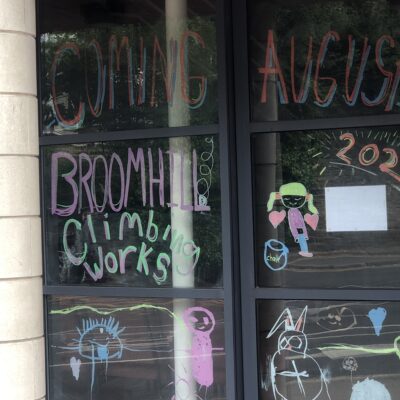Disney’s musical approach made Alice in Wonderland one of the greatest and most loved animated films since its release
According to a study done by Professor Dominic Broomfield-McHugh from the University’s Department of Music, it is found that the remake is using a formula used by Walt Disney in 1940’s and 50’s to overcome the problems in its story.
Disney was inspired by the Victorian Music halls wherein different artists would perform individually, singing their own personalised songs , written by a team of different artists, to give each character a specific sound or style.
Influenced by this, they adopted the “the patchwork quilt approach” as named by the University of Sheffield, to overcome the challenges arising in the studio.
Professor Dominic Broomfield-McHugh, Professor of Musicology at the University of Sheffield, said: “When Walt Disney first started to create Alice in Wonderland in the 1930s, he was struggling to convey the story from the original novel, which is complex, episodic and ambiguous, as typically seen in Lewis Carroll stories.
“His solution was to change tactics and draw on this Victorian music hall technique where artists would take turns to perform individually, all singing songs written by different artists, in order to fully engage and capture the audience’s attention. “
Disney contacted 12 songwriters to create over 40 songs for Alice in Wonderland. Some songs used to depict Alice as a passionate young woman who falls asleep and dreams of finding herself in Wonderland, were discovered from the Library of Congress’s copyright deposit.
The techniques were again used by them in films like Peter Pan (1953), Sleeping Beauty (1959), The Jungle Book (1967) and The Aristocats (1970).
The new Snow White remake that was released in cinemas this week faced backlash for being anti feminist and was said to support the fact that a female’s worth is based upon her beauty.
Hence,the same approach of patchwork technique is being applied in the remake of Snow White to address sensibilities towards gender stereotypes and overcome challenges with the storyline that was originally written for the 1930s.
Professor Broomfield-McHugh added: “There is a parallel between the way the remake of Snow White provides the title character with new songs and the way Disney commissioned songs for Alice herself late in the process of making Alice in Wonderland. “




